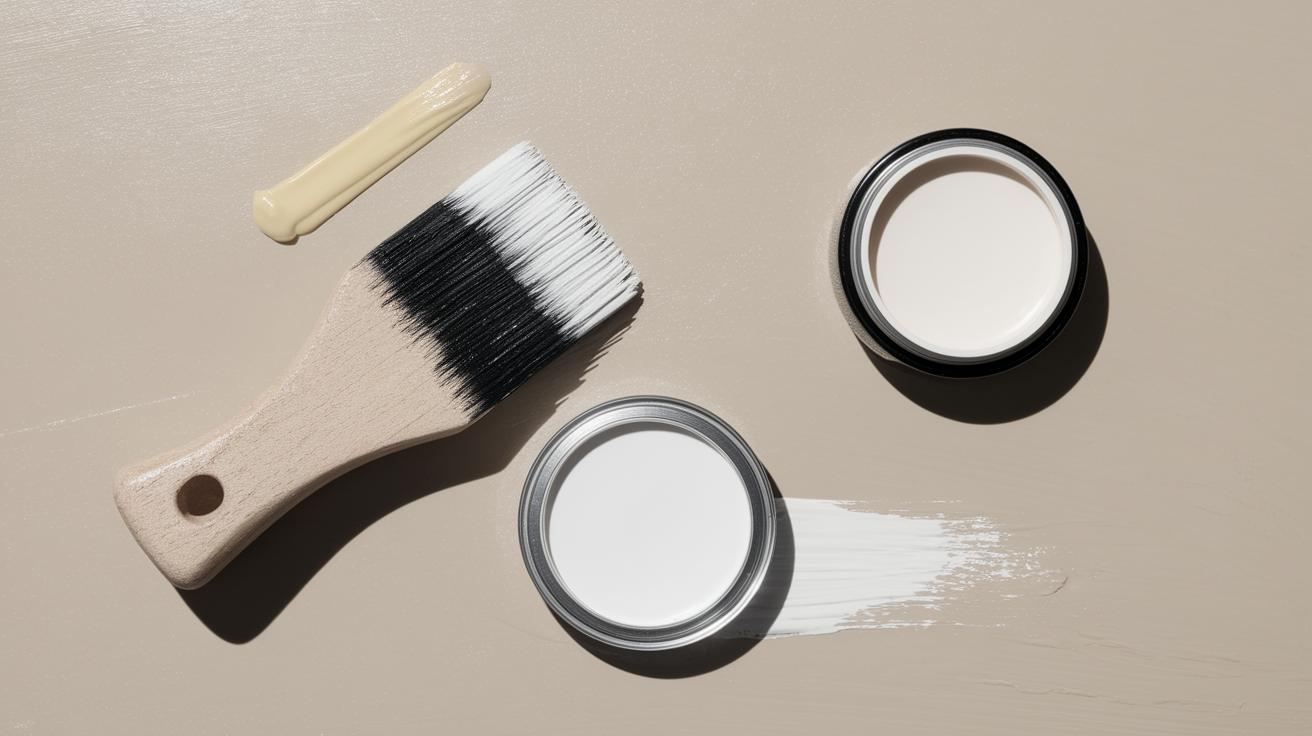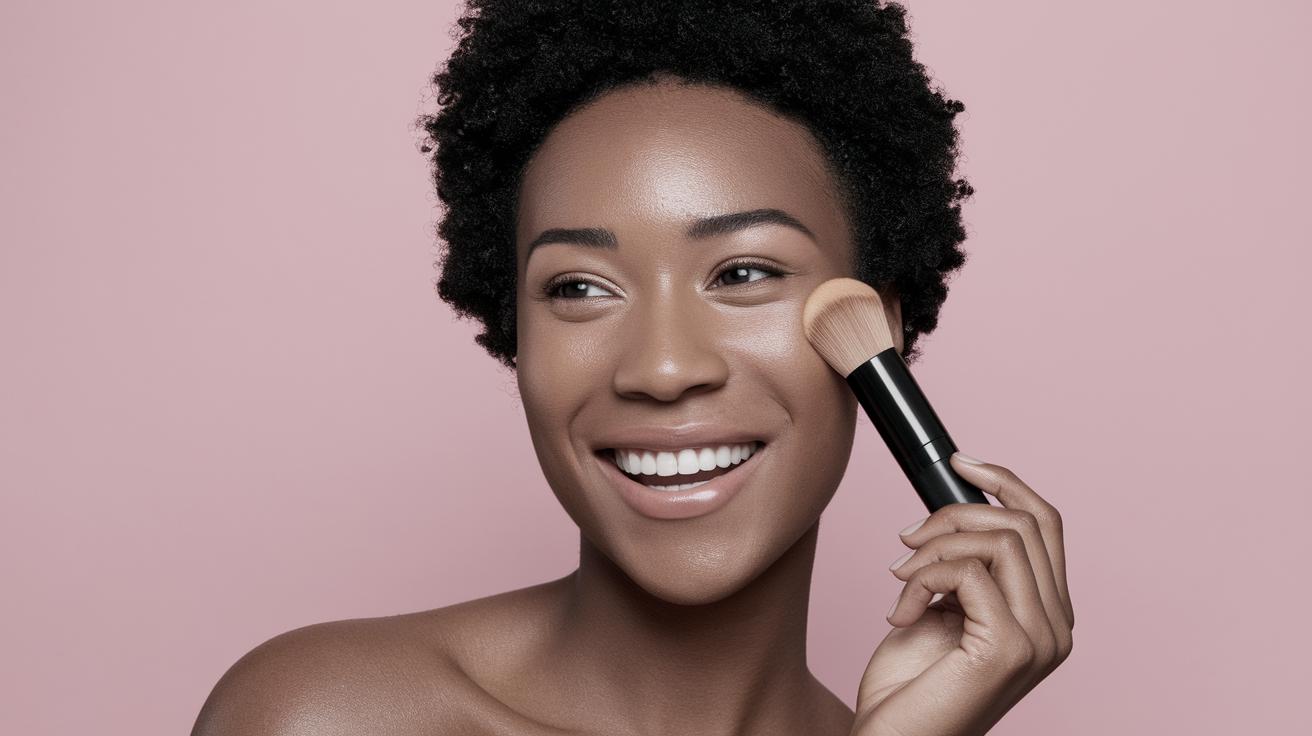How to Use Primer: The Complete Guide
A flawless makeup application often begins with a solid foundation, and no, we’re not just talking about foundation itself but about primer — a crucial yet sometimes overlooked step in your beauty routine. Understanding what primer is and how to use it can elevate your makeup game, giving your look longevity and a professional finish. In this comprehensive guide, we dive into what primer is, whether you need to use it before makeup, the different types available, and how to apply it according to your skin type. We’ll also explore if primer can be worn solo and tackle the common concern about whether it clogs pores. By the end of this post, you’ll be equipped with all the knowledge you need to make primer an essential part of your beauty regimen.
What Is Primer?
Primer is a preparatory product usually applied after your skincare routine but before your makeup. It creates an ideal canvas for makeup, effectively bridging the gap between skincare and cosmetics. Often formulated in creams, gels, or sprays, primers help ensure that your makeup stays on longer, appears more vibrant, and goes on smoother. However, primers are not just for longevity; they can also offer additional skin benefits such as hydration, oil control, pore minimization, and color correction.
In essence, primers are tasked with creating a smooth and stable surface on the skin. They often contain ingredients that help blur pores and fine lines, giving the illusion of a smoother complexion. Depending on your skin’s needs and your makeup goals, the choice of the primer can significantly affect the finished look and feel of your makeup application.
Do You Have to Use Primer Before Makeup?
While not an absolute must, using a primer can vastly enhance the durability and appearance of makeup. Primers are specifically designed to enhance your base makeup products, ensuring they adhere better and last longer throughout the day. If makeup longevity is your goal, incorporating a primer into your routine is highly recommended, especially for long events or occasions.
For those with particular skin concerns such as excessive oil or texture, primer can act as a barrier, providing solutions tailored to these issues before you even apply your first layer of foundation. Therefore, while primer isn’t compulsory, it serves the invaluable purpose of improving the overall outcome of your beauty efforts.
Types of Makeup Primers
Face Primer
Face primers are designed for the entire facial area and target specific concerns – from oil control, pore filling, to redness reduction. Silicone-based face primers are popular for their ability to fill in skin texture and offer a smooth base. Water-based options, on the other hand, suit those looking for hydration and a lightweight feel.
Choosing the right face primer depends on your skin type and desired effect. Whether it’s a glowing radiance or a mattified look, the correct primer can help you achieve that target finish while supporting the performance of subsequent layers of makeup.
Eyeshadow Primer
Eyeshadow primer is specifically formulated to keep eyeshadow vibrant and in place. It helps prevent creasing, fading, and helps maintain the shadow’s true color throughout the day. Applying an eyeshadow primer ensures a smoother application by creating a flawless base on the thin, delicate skin of the eyelids.
Eyeshadow primers often come in various shades or a neutral color to either enhance or maintain the color integrity of the eye makeup being applied. This type of primer is considered a must, especially when using highly pigmented shades or tackling complex eye makeup looks.
Mascara Primer
Mascara primers are less known yet significantly impactful products used before mascara application. They coat the lashes to add extra volume, length, and sometimes even nutrients to foster healthy eyelash growth. White mascara primers can also help enhance the visual intensity of your mascara’s color.
Using a mascara primer ensures that your mascara adheres better, reduces clumping, and stays put without smudging throughout the day. This is particularly advantageous for users with sparse or short lashes who seek fuller results.
Lip Primer
Lip primers are designed to prepare your lips before lipstick or lip gloss application. They create a smooth surface by filling in lines and offering an even color base, which helps lipstick last longer and prevents feathering and bleeding.
While not as commonly used as other primers, lip primers can be especially beneficial when employing vivid or deep lip colors that require precision and longevity. They also add a layer of protection and often contain hydrating ingredients to keep the lips soft.
How to Apply Makeup Primer
The application of primer depends significantly on the area you’re preparing and the type of primer being used. Generally, for face primer, a pea-sized amount is sufficient for the entire face. Using your fingers or a brush, gently spread the primer across your face starting from the center and blending outward.
For specific areas such as eyelids or lashes, less is often more. A tiny dab on each eyelid is enough for eyeshadow primer, while mascara primer is applied directly with the wand. The key is even distribution without over-applying, ensuring that the makeup layers over top adhere evenly and don’t slip off.
Skin Type Considerations
For Oily Skin
For those with oily skin, opting for a mattifying primer is often beneficial. These primers contain oil-absorbing properties that help control shine throughout the day and keep makeup looking fresh. Ingredients such as clay or silica can offer a smoothing effect while minimizing excess oil production.
Focus on the T-zone area when applying, as it’s where most oil buildup occurs, ensuring an even foundation application that won’t slip or look greasy as the day progresses.
For Dry Skin
Hydrating primers are ideal for dry skin. They often contain ingredients like hyaluronic acid, glycerin, or botanical oils to provide extra moisture before makeup application. These primers help create a dewy, radiant look.
For application, ensure your skin is prepped with moisturizing skincare, and then apply a hydrating primer to prevent your foundation from cracking or clinging to dry patches, ensuring a smooth application.
Can I Use Primer On Its Own?
Primer can indeed be used on its own for those looking for subtle skin enhancements without wearing full makeup. Primers that offer a pore-filling or mattifying effect can smooth the skin’s appearance and enhance your natural complexion.
However, while primer can bring subtle improvements, it won’t provide coverage like a foundation. It’s ideal for days when you desire a low-maintenance routine or prefer a no-makeup look but with the added benefits of a more polished surface.
Does Primer Clog Pores?
A common concern is whether primer clogs pores, leading to breakouts. Generally, non-comedogenic primers are designed not to block pores, making them safe for regular use without causing skin issues.
If you have sensitive or acne-prone skin, opting for a primer with non-comedogenic and oil-free formulations is wise. Always ensure you’re cleansing your skin thoroughly at the end of the day to remove any residue that might contribute to pore blockage over time.
The Final Takeaway
| Aspect | Details |
|---|---|
| Primer Benefits | Long-lasting makeup, smooth application, enhanced color |
| Do You Need Primer? | Not mandatory but beneficial for longevity and skin concerns |
| Types of Primers | Face, Eyeshadow, Mascara, Lip; chosen based on needs |
| Application | Less is more; focus on even distribution |
| Skin Type | Oily – mattifying; Dry – hydrating formulations |
| Solo Use | Can smooth complexion in a minimalist approach |
| Clogging Concerns | Use non-comedogenic primers to avoid blockage |


